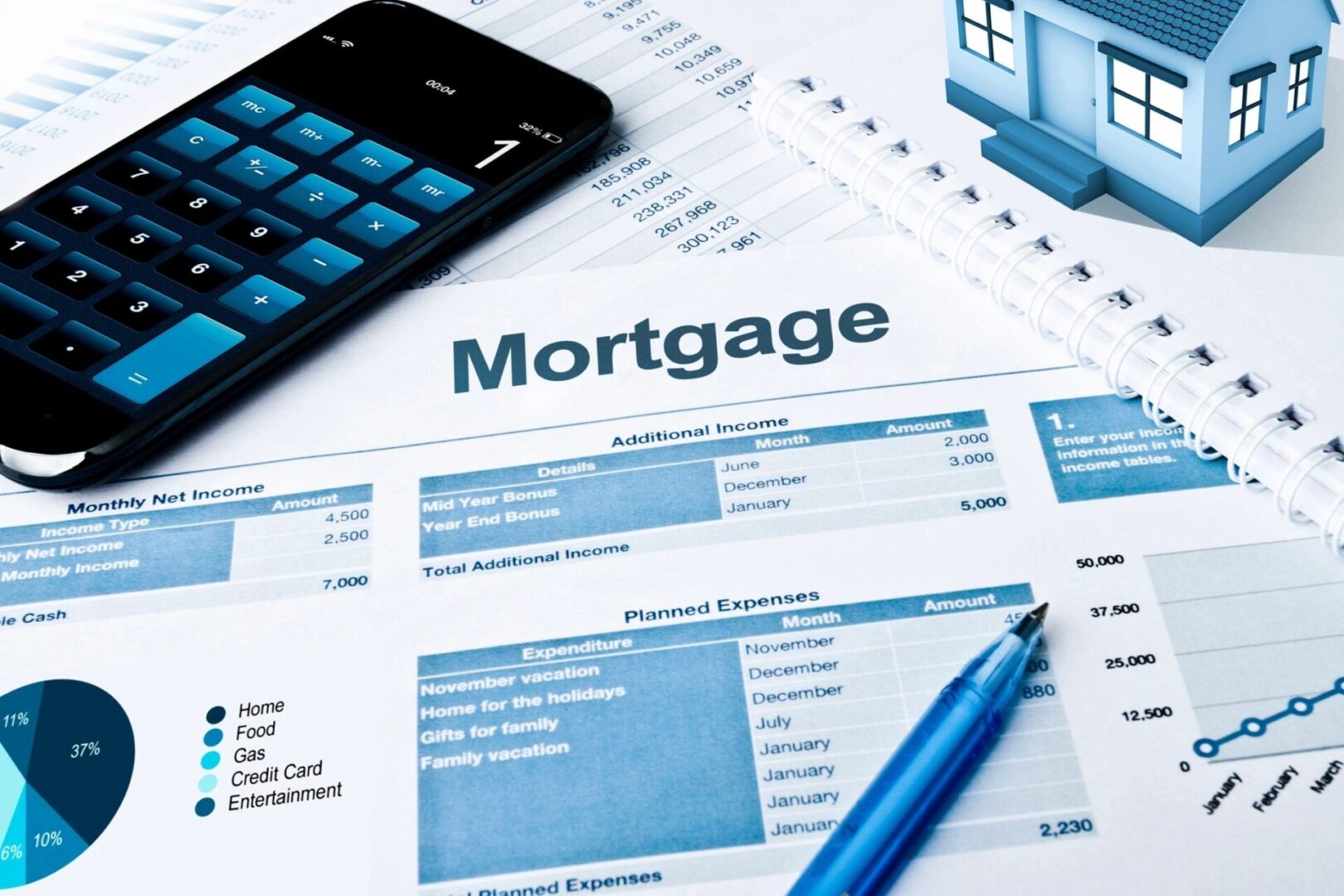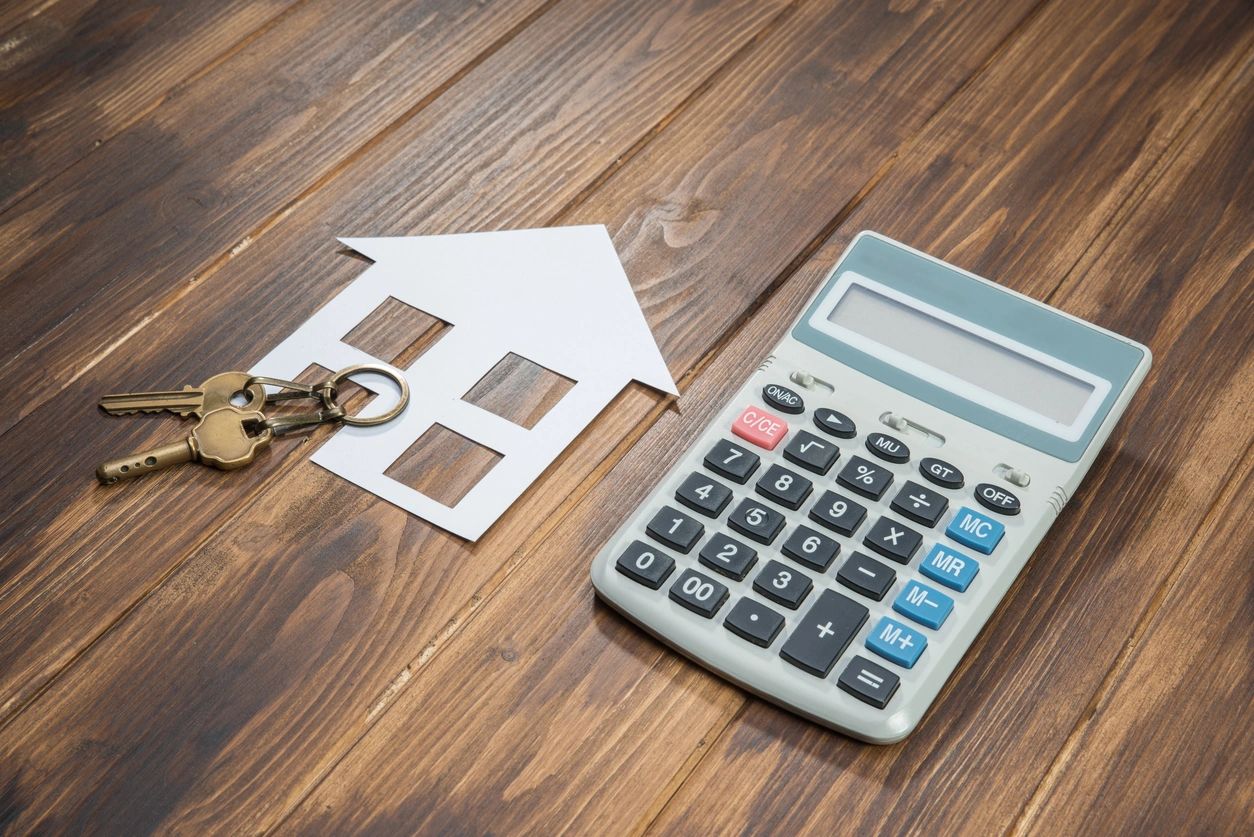
Experience and expertise
Successfully navigating the bankruptcy code requires a deep knowledge of this area of law and the experience to know how to use it. A misfiled form or missed deadline could result in your case being thrown out. That’s why finding a specialist is important.
The same can be said about why using a mortgage company with extensive knowledge and experience is also important.
Chapter 7 versus Chapter 13 Bankruptcies
Mortgage lenders treat Chapter 7 (liquidation) bankruptcies differently than they do Chapter 13 (reorganization) bankruptcies. In most cases, Chapter 7 filers get harsher treatment than Chapter 13 filers. That’s because Chapter 13 filers repay some or all of what they owe over time, while Chapter 7 filers discharge their debts immediately.
But it’s possible to get a mortgage after bankruptcy regardless of the type of filing.


FHA and VA Standard Loan Requirements
Both FHA and VA guidelines carry similar standard waiting periods for mortgage after bankruptcy. These can change depending on your circumstances (see below for special cases).
You can apply for an FHA loan or a VA mortgage after your Chapter 7 bankruptcy has been discharged for two years.
Chapter 13 bankruptcies are viewed a bit differently. FHA and VA allow homeowners to apply for a mortgage while they are actually still in bankruptcy. At least one year must have passed since filing, and applicants must have made at least 12 on-time bankruptcy payments. The bankruptcy court or trustee must also approve the new mortgage.
Conforming Mortgage Loan Requirements
Fannie Mae and Freddie Mac — the national rule-makers for conforming loans — allow Chapter 7 filers to apply for a Fannie Mae or Freddie Mac mortgage after bankruptcy. But the wait is four years after their discharge or dismissal (see below for special cases).
The waiting period for Chapter 13 bankruptcies is two years. But this is two years after discharge, not filing. Since Chapter 13 bankruptcies typically take five years to discharge, your total waiting period under a conforming mortgage program would be seven years from the filing date.


How to Re-Eestablish Credit After Bankruptcy
Regardless of the type of mortgage for which you’re applying post-bankruptcy, there are a number of steps you can take to begin repairing your credit right away.
Establish new credit via “second chance” credit cards and installment loans, and make on-time payments on all credit accounts. Avoid “fee harvesting” cards with high costs, and only use accounts that will actually report your history to major credit bureaus.
I have a bankruptcy and a foreclosure. How does that work?
It is not uncommon to be going through bankruptcy while also having a mortgage. You may choose to reaffirm the mortgage (agree to keep making payments) and keep the property. Or you may choose to include the mortgage in the bankruptcy. In that case, your obligation to the mortgage lender ends, and so do your rights to occupy the property.
However, it can take some lenders years to actually foreclose on these homes. Should you be afraid of restarting the clock if your bankruptcy waiting period is up, and then the lender finally forecloses?
If you did not reaffirm your mortgage and did not continue to make payments, but did continue to live in the home, that foreclosure will probably be considered a separate and later event. And your wait to buy again starts over, and it will be longer.
If you can’t pay your mortgage when you go through bankruptcy, make sure it’s included in the bankruptcy and you agree to return the property to the lender. If the bankruptcy documents absolve you of responsibility for the mortgage, the lender applies the shorter post-bankruptcy waiting period when you apply for a new loan.
But if the foreclosure is unrelated to the bankruptcy and occurs later, the lender applies the longer post-foreclosure waiting period. In the case of a conforming lender, that’s seven years — following the actual foreclosure, not the bankruptcy. (Extenuating circumstances shorten that to three years,)
For government-backed loans, the waiting period following a foreclosure depends on the loan that was foreclosed. If the foreclosed loan was also government-backed, it generally takes three years to get off the CAIVRS database, which tracks everyone who owes the government money. That includes a government-insured mortgage or student loan.
